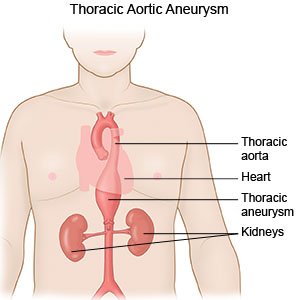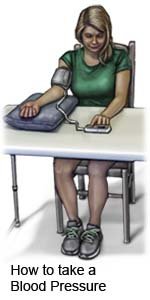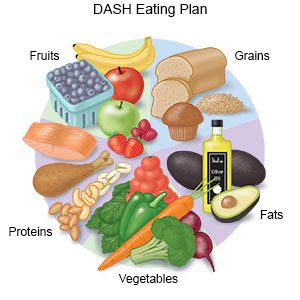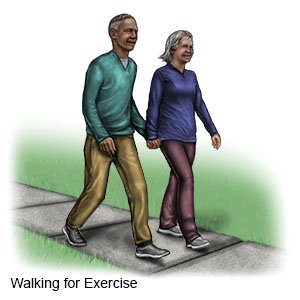Descending Thoracic Aortic Aneurysm
Medically reviewed by Drugs.com. Last updated on Apr 6, 2025.
AMBULATORY CARE:
A descending thoracic aortic aneurysm (DTAA)
is a bulge in the lower part of your aorta in your chest. The aorta is a large blood vessel that goes from your heart down into your abdomen. A DTAA can occur if you have atherosclerosis (plaque buildup), damage, or inflammation of your aorta. A DTAA may continue to grow and rupture (burst), or it may dissect (tear) suddenly. A DTAA that bursts or tears is a life-threatening emergency.
 |
Common signs and symptoms:
You may have no signs or symptoms. You may have any of the following if your DTAA grows, bursts, or tears:
- Pain in your chest, back, or abdomen
- Trouble breathing or shortness of breath
- Hoarseness, a cough, or trouble swallowing
- Coughing or vomiting blood
- Weakness, confusion, or dizziness
- Leg weakness or pain
Call your local emergency number (911 in the US) or have someone call if:
- You have any of the following signs of a heart attack:
- Squeezing, pressure, or pain in your chest
- You may also have any of the following:
- Discomfort or pain in your back, neck, jaw, stomach, or arm
- Shortness of breath
- Nausea or vomiting
- Lightheadedness or a sudden cold sweat
- You cough or vomit blood.
- You have trouble breathing or shortness of breath.
- You have sudden chest, neck, back, or abdominal pain.
- You feel dizzy, confused, or you lose consciousness.
- Your legs suddenly feel numb or painful.
Seek care immediately if:
- You have blood in your urine.
- You are urinating very little or not at all.
- Your skin is pale, sweaty, or clammy.
Call your doctor or specialist if:
- You have questions or concerns about your condition or care.
Treatment
may include any of the following:
- Heart medicines may be given to lower your BP or control how fast your heart beats. This helps prevent your DTAA from growing, tearing, or bursting.
- Cholesterol medicine lowers your cholesterol level to help prevent atherosclerosis (hard or stiff arteries).
- Antiplatelets , such as aspirin, help prevent blood clots. Take your antiplatelet medicine exactly as directed. These medicines make it more likely for you to bleed or bruise. If you are told to take aspirin, do not take acetaminophen or ibuprofen instead.
- Endovascular repair is a procedure that uses a graft to prevent your DTAA from tearing or bursting. A graft is a wire mesh tube that can also protect your aorta. You may need more than 1 endovascular repair.
- Surgery may be needed to repair your aorta or remove an aneurysm. You may instead need surgery to replace part of your aorta. Your aortic valve may also be replaced if it is not working well.
Manage a DTAA:
- Manage other health conditions to help prevent your DTAA from growing or bursting. Examples are high cholesterol and high BP. High cholesterol can increase your risk for atherosclerosis. Take medicine as directed and follow your treatment plan. Check your BP as directed if you have high BP. Your provider will show you how to do this. Check your BP 2 times, 1 minute apart. Check as often as directed each day. Keep a record of your readings and bring it to your follow-up visits.

- Follow the meal plan set by your provider. Talk to your provider or dietitian about a heart-healthy or low-sodium meal plan. Heart-healthy meal plans are low in sodium, processed sugar, and some fats. They are high in potassium, calcium, heart-healthy fats, and fiber. These can be found in vegetables, fruit, and whole-grain foods. A meal plan can help you lower your cholesterol and BP levels.

- Follow physical activity instructions. Your physical activity plan may include low-intensity activity, such as walking, yoga, or swimming. Regular physical activity can help decrease your BP and cholesterol levels. You may need to avoid intense physical activity, such as weightlifting or running. Intense activity may raise your BP or put pressure on your aorta. These increase your risk for a tear or rupture. You may also need to avoid contact sports such as football to decrease your risk for a chest injury.

- Maintain a healthy weight. Excess weight can cause a DTAA or make it grow. Ask your provider what a healthy weight is for you. Your provider can help you create a weight loss plan, if needed.
- Limit or do not drink alcohol. Alcohol can increase your BP. Ask your provider if it is okay for you to drink any alcohol. Your provider can help you set limits for the number of drinks you have in 24 hours and within 1 week. A drink of alcohol is 12 ounces of beer, 5 ounces of wine, or 1½ ounces of liquor.
- Do not smoke. Nicotine and other chemicals in cigarettes and cigars can increase the risk for your DTAA to tear or burst. Ask your healthcare provider for information if you currently smoke and need help to quit. E-cigarettes or smokeless tobacco still contain nicotine. Talk to your provider before you use these products. Avoid secondhand smoke when possible.
- Get vaccines as directed. Some viruses can worsen a DTAA. Get a flu vaccine as soon as recommended each year, usually in September or October. Get all recommended COVID-19 vaccine doses and boosters. A pneumonia vaccine may also be recommended. Your provider will tell you if you need other vaccines, and when to get them.
Follow up with your doctor or specialist as directed:
You may need to return for regular scans to check your aorta for changes. Your doctor or specialist will tell you how often to have the scans. Write down your questions so you remember to ask them during your visits.
© Copyright Merative 2025 Information is for End User's use only and may not be sold, redistributed or otherwise used for commercial purposes.
The above information is an educational aid only. It is not intended as medical advice for individual conditions or treatments. Talk to your doctor, nurse or pharmacist before following any medical regimen to see if it is safe and effective for you.
Further information
Always consult your healthcare provider to ensure the information displayed on this page applies to your personal circumstances.
